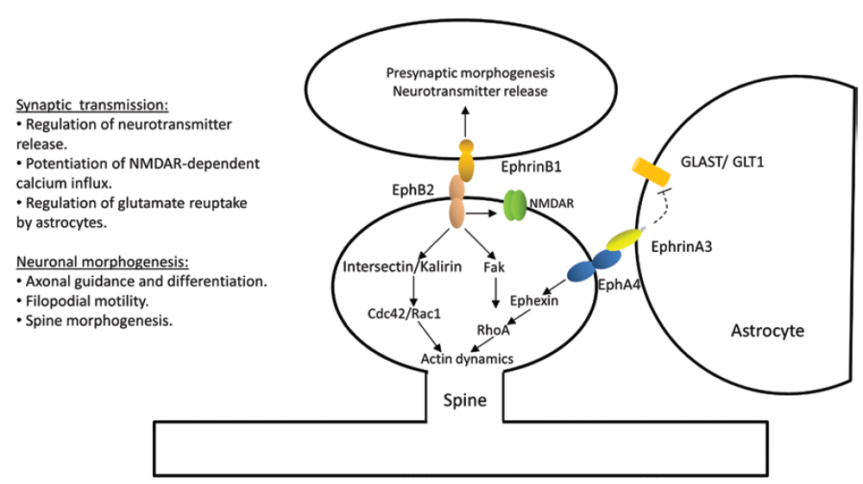The term ‘heartbreak’ is used as a metaphor to describe the intense feeling of loss, sometimes also called emotional pain. But what if the metaphor has roots into something more tangible than a feeling, that of the actual muscular organ giving signs of failure?
Although there have been previous reports that found stress causes cardiovascular problems, including myocardial infarction, Graff et al. (2016) conducted the largest study to date that investigated this link: they had almost 1 million subjects. That’s right, 1 million people (well, actually 974 732). Out of these, almost 20% of them had a partner who died between 1995 and 2014. The chosen stressor was the loss of a loved one because “the loss of a partner is considered one of the most severely stressful life events and is likely to affect most people, independently of coping mechanisms” (p. 1-2). The authors looked at Danish hospital records for people who were diagnosed with atrial fibrillation (AF) for the first time and correlated that data with bereavement information. AF increases the risk of death due to stroke or heart failure.
The people who underwent loss had an increased risk to develop AF for 1 year after the loss. The risk was more pronounced in the first 8-14 days after the loss, the bereaved people having a 90% higher risk of developing AF than non-bereaved people. By the end of the first month the risk had declined, but still was a whooping 41% higher than the average. Only 1 year after the loss the risk of developing AF was similar to that of non-bereaved people.
The risk was even higher in young people or if the death of the partner was unexpected. The authors also looked to see if other variables play a role in the risk, like gender, civil status, education, diabetes, or cardiovascular medication and none influenced the results.
I suspect the number of people that have heart problems after major stress is actually a lot higher because of the under-reporting bias. In other words, not everybody who feels their heart aching would go to the hospital, particularly in the first couple of weeks after losing a loved one.
As for the mechanism, there is some data pointing to some stress hormones (like adrenaline or cortisol) which can damage the heart. Other substances released in abundance during stress and likely to act in concert with the stress hormones are proinflamatory cytokines which also can lead to arrhythmias.

Reference: Graff S, Fenger-Grøn M, Christensen B, Søndergaard Pedersen H, Christensen J, Li J, & Vestergaard M (2016). Long-term risk of atrial fibrillation after the death of a partner. Open Heart, 3: e000367. doi:10.1136/openhrt-2015-000367. Article | FREE FULTEXT PDF
By Neuronicus, 16 April 2016












